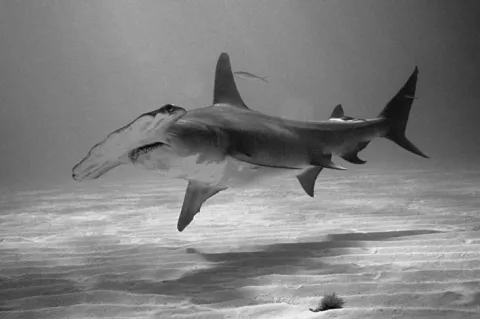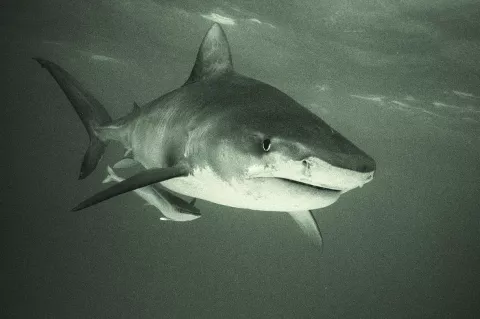Sharks smell in stereo
It turns out that sharks can detect small delays, no more than half a second long, in the time that odours reach one nostril versus the other. When the animals experience such a lag, they will turn toward whichever side picked up the scent first.
To follow the scent trail left by their prey across the ocean, sharks swim in the direction of the nostril that sniffed the odour first, scientists have found.




